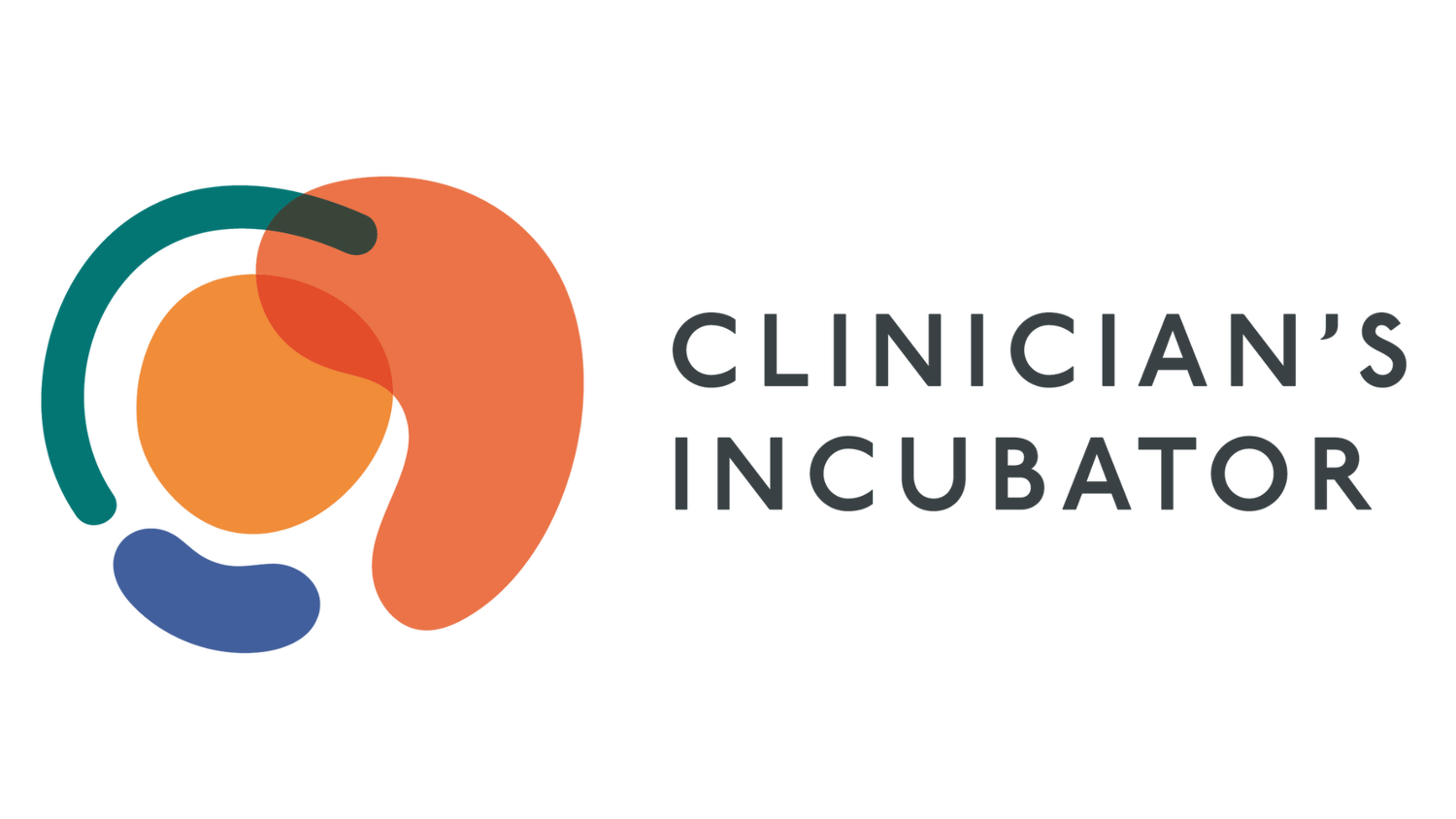What I Wish I Knew as a CNS Candidate
Author: Meg Bowman
When I graduated from my CNS program, I was armed with clinical knowledge, PubMed alerts, and a head full of biochemical pathways. What I didn’t have was a map for what it would actually be like to sit in the chair across from real human clients—or how to run a practice in a way that didn’t lead to burnout.
In the years since, I’ve learned a lot. Not just about the science (which, of course, is ongoing), but about how to build a practice that works for me—and works for my clients. If you’re just starting out, or even if you’re a few years in, I hope these hard-won lessons, in no particular order, can help you skip a few bumps in the road.
1. Get a Credit Card on File—Before the First Appointment
I’ll start with the simplest (and possibly most game-changing) logistical tip: ask for a credit card before that first session. Once I implemented this, my no-show and last-minute cancel rate dropped dramatically. It’s not just about protecting your time—it’s also about establishing mutual accountability. Your time is valuable, and setting this boundary upfront communicates that you take your work (and their healing) seriously.
2. Book the Appointment First. Paperwork Comes Second.
In the beginning, I’d send my new clients a pile of forms and wait until everything was completed before offering them an appointment time. I thought it was efficient. Spoiler: it wasn’t.
People are busy. Filling out forms can feel like a mountain, especially when someone is already overwhelmed by their symptoms. The fix? Book the appointment first. Once there's a spot on the calendar, there's a tangible reason to get the paperwork done—and a clear deadline.
3. Streamline Communication (Seriously)
In a world where clients can text, email, DM, and send secure messages through the EMR, you can quickly find yourself checking five different inboxes just to keep up. I’ve learned to limit client communication to one or two designated channels. For me, it’s my EMR messaging system and email. That’s it.
Not only does this keep me sane, it also protects my boundaries and ensures that nothing important falls through the cracks. Communicate this policy clearly during your onboarding process and repeat it often.
4. Set Expectations in the First Appointment
This one is big: If you don’t plan to provide recommendations in the first session, say that upfront. I used to feel immense pressure to “deliver value” right away—like I had to earn my client’s trust by giving them a plan on the spot. But here's the thing: you're not an algorithm.
Good clinical work takes time. You might need to analyze a food log, review labs, cross-check medications, and think through sustainable strategies. That’s not only okay—it’s responsible.
I now tell clients in the first five minutes, “Today we’re going to dig deep into your story, symptoms, and patterns. Then I’m going to take a few days to analyze everything, and at our next session, we’ll talk through a tailored strategy. Sound good?” No one has ever objected. They’re often relieved.
5. Talk Through Your Why
Your clients are smart. They’re also likely to have done their own research. They may come in asking about berberine, seed cycling, or the latest TikTok gut health trend. That’s why I always explain why I’m recommending option A over B. It builds trust, increases adherence, and fosters collaborative care.
One phrase I use often: “There are a few ways we could go here, but I’m recommending this because of [their labs, symptoms, food preferences, accessibility, etc.].” When clients feel seen and included in the decision-making process, they’re far more likely to follow through.
6. What Worked for You Doesn’t Always Work for Them
This one took me a while. As someone who came to nutrition through my own health journey, I had a list of things that helped me tremendously. And in the early days, I’d find myself gently steering clients in that same direction.
But here’s the truth: what worked for you isn’t necessarily what your client needs. Their life, their resources, and their priorities may be entirely different. Maybe you healed your gut through three home-cooked meals a day and daily yoga. Your client might be a single parent working two jobs who needs five quick dinners from Trader Joe’s and a ten-minute walk after work.
The magic is in the match. Tailor your recommendations to your client’s reality—not your own.
7. Sometimes It’s Not Sexy—and That’s Okay
We love a complex protocol. A cool new supplement. A beautifully nuanced explanation of mitochondrial dysfunction. But often, your client doesn’t need sexy. They need basic, consistent support.
Early in my practice, I’d get so excited about niche interventions—“There’s this strain of probiotic that enhances iron absorption!” But many of my clients weren’t even eating iron-rich foods yet. The fancy stuff doesn’t matter if the foundations are missing.
So now, I always start simple:
Are they eating enough?
Are they getting protein with each meal?
Do they have food in their fridge?
Are they sitting down to eat (when possible)?
A great session might include co-creating a menu plan and walking through how to add it to a grocery delivery app. That might not look flashy on Instagram—but it changes lives.
8. What’s in the Literature Isn’t Always What Works for Your Client
You can read 10 different studies showing that turmeric helps reduce inflammation for the exact condition your client has. It’s compelling. It’s evidence-based. And then you give them turmeric—and it gives them diarrhea.
You switch forms. You try different brands. You even go for liposomal. And still—it doesn’t work.
Sometimes, even when a supplement or strategy is technically correct, it doesn’t play well with your client’s body. And that’s okay. That’s not a failure. That’s an invitation to shift. Being evidence-informed also means being client-responsive. Our job is to adapt when the data and the person in front of us diverge.
Bonus Tip: Build Your Process Flow So You Can Breathe
There’s no one right way to run your practice, but you do need a way. A process. A flow. Something that keeps you grounded, efficient, and supported.
Maybe that means having a templated protocol for PCOS, or a checklist for reviewing supplements. Maybe it’s batching your charting twice a week, or having a go-to set of intake questions saved in your EMR.
Whatever it is, design it for you. You’ll tweak it over time—but start somewhere.
Final Thoughts
You’re not expected to have it all figured out the day you graduate. Most of what makes you a skilled clinician will develop after school: in the hundreds of small decisions you make, the systems you build, and the relationships you cultivate.
Science will always be your foundation—but it’s your systems, your communication, and your ability to connect that make this work sustainable. I hope these lessons help you build a practice that feels grounded, ethical, and uniquely yours.
And when in doubt? Keep it simple. Keep it human. And always get that credit card on file.

